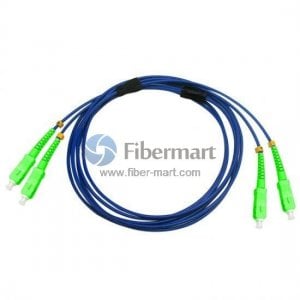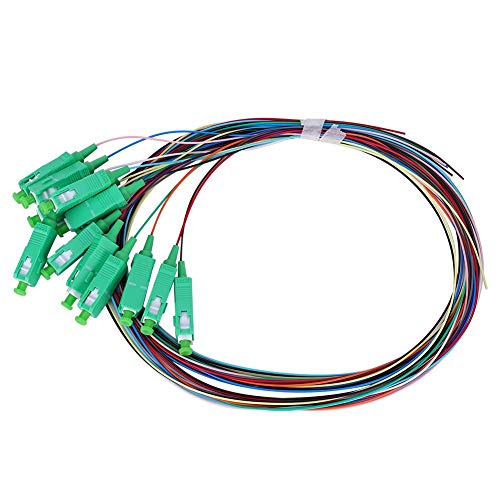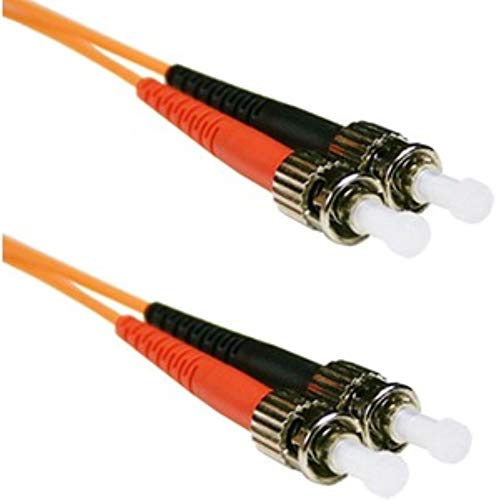
In the complex world of data transfer, efficiency, speed, and dependability are paramount. The increasing need for faster and more reliable networking solutions is a result of our growing dependence on digital connection. Fiber optical switches are one technical advancement that sticks out as a game-changer in this field.
Envision a world where traditional copper-based cable restrictions do not impede data from traveling at the speed of light. That's exactly what fiber optic technology promises, and the Fiber Optical Switch, an unsung hero transforming communication, information exchange, and commerce in the digital era, is at the center of this revolution.
What is a fiber optical switch, therefore, and how is it different from traditional networking hardware?
In a nutshell, a fiber optic switch is an apparatus that permits optical signal routing in a fiber optic network. Fiber optical switches are superior to their electronic counterparts because they handle light waves instead of electrical signals, allowing for greater speed and bandwidth.
The ability of fiber optical switches and PM Optical Switch to enable smooth data transfer across long distances with low latency is one of its main features. This makes them invaluable in applications like high-frequency trading, data centers, and telecommunications where real-time communication and fast data transfer are essential.
Furthermore, fiber optic switches are more reliable and secure than conventional networking options. Fibre optic networks provide a secure environment for sensitive data transfer, protecting against cyber threats and data breaches since optical signals are impervious to electromagnetic interference and eavesdropping.
However, the scalability and flexibility of fiber optical switches may be their most alluring feature. The capacity of our networks must be able to grow and adapt as our digital infrastructure does. Unmatched scalability provided by fiber optical switches enables businesses to easily expand their networks to accommodate expanding needs without having to undertake expensive infrastructure renovations.

Moreover, Fiber Optical Switch facilitates the adoption of cutting-edge technologies like cloud computing, 5G, and the Internet of Things (IoT).
Fiber optic networks with enhanced switching capabilities provide unrivaled connections and open up new avenues for innovation and growth by serving as the backbone for these revolutionary advancements.






![InstallerParts CAT6 Cable UTP Booted [Blue] - [25 FT] - [10 Pack] - Professional Series - 10Gbps, Cat6 Patch Cable, Cat 6 Patch Cable, Cat6 Ethernet Cable, Network Cable, Internet Cable InstallerParts CAT6 Cable UTP Booted [Blue] - [25 FT] - [10 Pack] - Professional Series - 10Gbps, Cat6 Patch Cable, Cat 6 Patch Cable, Cat6 Ethernet Cable, Network Cable, Internet Cable](https://m.media-amazon.com/images/I/41VqGpmuhNL._SL500_.jpg)

































![Black Box Network Services Fiber Patch Cable 5M MM 62.5 ST to LC [並行輸入品] Black Box Network Services Fiber Patch Cable 5M MM 62.5 ST to LC [並行輸入品]](https://m.media-amazon.com/images/I/31QxbmtvGpL._SL500_.jpg)
![Cables To Go 36242 10Gb LC/ST Duplex 50/125 Multimode Plenum-Rated Fiber Patch Cable (2 Meters Aqua) [並行輸入品] Cables To Go 36242 10Gb LC/ST Duplex 50/125 Multimode Plenum-Rated Fiber Patch Cable (2 Meters Aqua) [並行輸入品]](https://m.media-amazon.com/images/I/31xzYgNfioL._SL500_.jpg)

![ipolex OM3 LC to LC 10Gb 40Gb Fiber Patch Cable Multimode Duplex - 10m (33ft) - 50/125 [並行輸入品] ipolex OM3 LC to LC 10Gb 40Gb Fiber Patch Cable Multimode Duplex - 10m (33ft) - 50/125 [並行輸入品]](https://m.media-amazon.com/images/I/41w7iwR9G9L._SL500_.jpg)



![Black Box Network Services Fiber Patch Cable 3M MM 62.5 ST to SC [並行輸入品] Black Box Network Services Fiber Patch Cable 3M MM 62.5 ST to SC [並行輸入品]](https://m.media-amazon.com/images/I/31RHmsZKK9L._SL500_.jpg)
